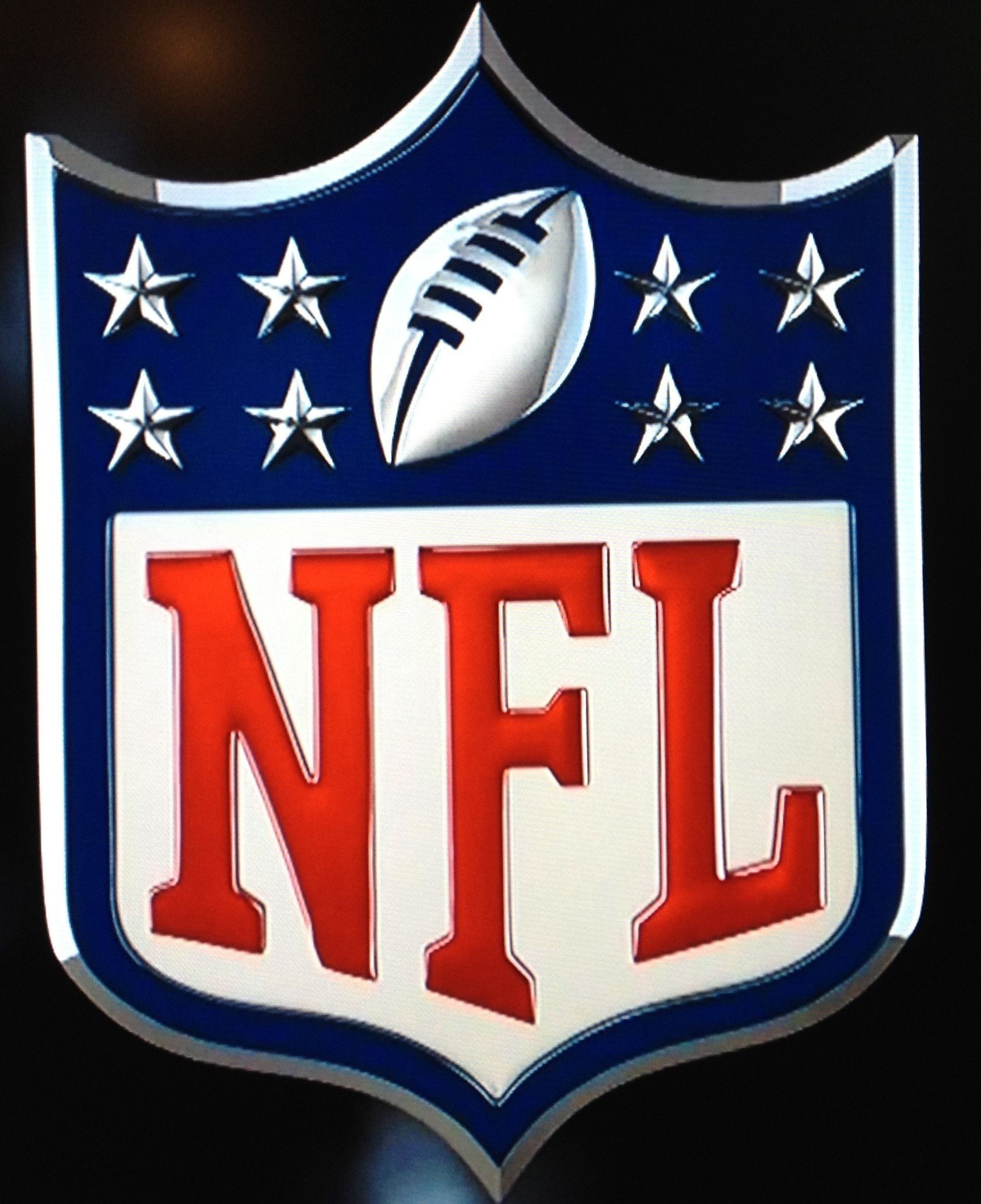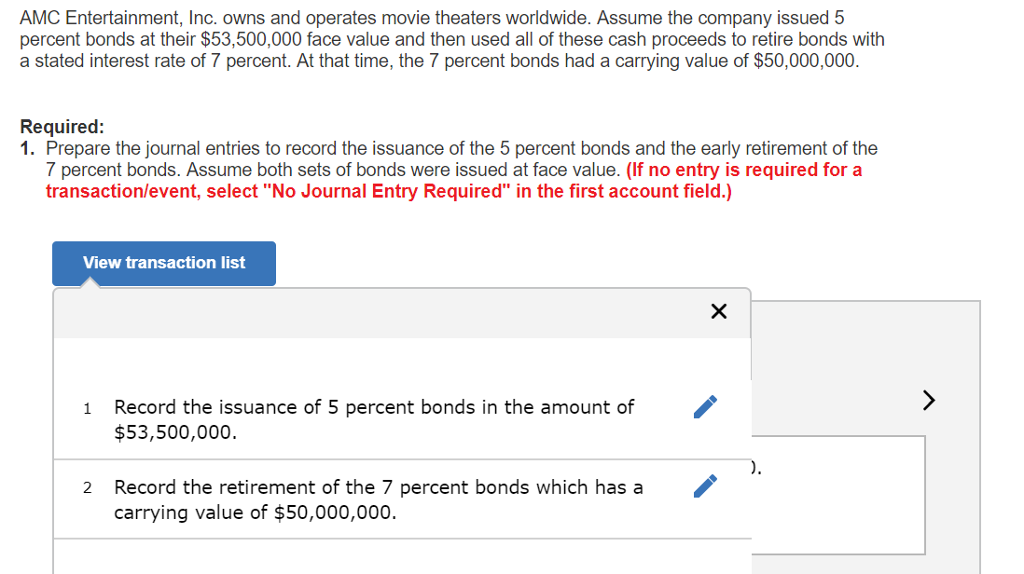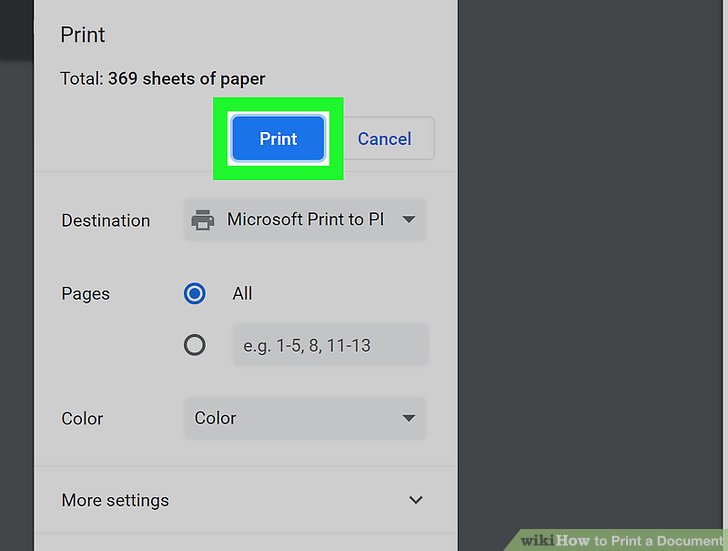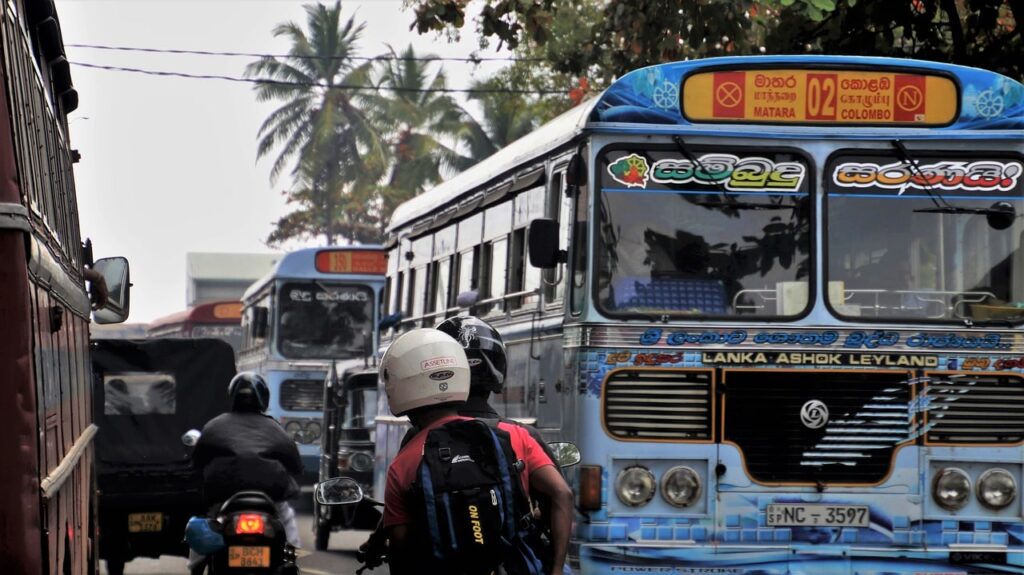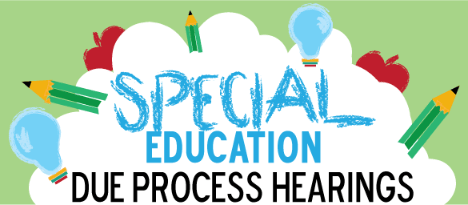Minnesota Legalizes Lane Splitting: What Motorcyclists Need to Know in 2025
Understanding Minnesota’s New Lane Splitting Law for Motorcycles
As of July 1, 2025, Minnesota will join the select group of U.S. states where lane splitting is legal for motorcyclists. This major legislative shift aims to make motorcycle commuting safer and more efficient, while establishing clear rules for both riders and other drivers. If you ride a motorcycle or frequently share the road with motorcyclists in Minnesota, it is crucial to understand the new law, its implications, and your legal responsibilities.
What Is Lane Splitting?
Lane splitting refers to the practice where a motorcyclist rides between two lanes of traffic moving in the same direction. This maneuver is typically used to bypass slow or stopped traffic. Minnesota law now recognizes two related concepts:

Source: mensjournal.com
- Lane Splitting: Riding between lanes of moving vehicles.
- Lane Filtering: Moving between lanes of stopped or very slow-moving vehicles, usually at intersections or in heavy congestion.
Both techniques are intended to reduce congestion and enhance rider safety, particularly by decreasing the risk of rear-end collisions in stop-and-go traffic [1] .
When and How Is Lane Splitting Legal in Minnesota?
The new law, effective July 1, 2025, sets out specific conditions and restrictions for legal lane splitting and filtering:
- Traffic Lanes: Lane splitting and filtering are allowed only when there are two or more lanes traveling in the same direction [4] .
- Speed Limit: The motorcycle must not exceed 25 miles per hour while splitting or filtering [2] .
- Speed Differential: The difference in speed between the motorcycle and other traffic cannot exceed 15 miles per hour [1] .
- Driver Behavior: It is illegal for vehicle drivers to intentionally block or impede a motorcycle that is lane splitting in compliance with the law [3] .
These regulations are designed to create a safer environment for everyone on Minnesota’s roads. Motorcyclists should use discretion and only split lanes when they feel it is safe to do so. Authorities emphasize that the new law is not a license for reckless behavior, and all users must continue to operate vehicles with care [2] .
Practical Steps for Motorcyclists
If you plan to take advantage of Minnesota’s new lane splitting rules, consider the following step-by-step guidance:
- Review the Law: Read the official Minnesota statutes and guidance documents regarding lane splitting. For the most current information, visit the Minnesota Department of Public Safety’s Motorcycle Safety Center and review their lane splitting resources [4] .
- Assess Traffic Conditions: Only split lanes where traffic is slow or stopped and where it is safe to do so. Avoid splitting near large vehicles that may have limited visibility.
- Mind the Limits: Always keep your speed at or below 25 mph and ensure you are not traveling more than 15 mph faster than adjacent vehicles.
- Stay Visible: Wear bright or reflective gear, use your headlights, and position yourself so other drivers can see you clearly.
- Practice Defensive Riding: Anticipate sudden moves from cars, especially in heavy congestion. Be ready to stop or adjust your position quickly.
- Follow All Other Traffic Laws: Lane splitting does not exempt you from signaling, yielding, or obeying traffic lights and signs.
- Educate Yourself: Consider taking an advanced rider safety course. The Minnesota Motorcycle Safety Center offers courses tailored to new regulations and best practices.
Guidance for Other Drivers
With lane splitting now legal, car and truck drivers must adapt to new responsibilities:
- Stay Alert: Check mirrors and blind spots regularly, especially in slow-moving traffic.
- Do Not Block Lanes: It is now illegal to intentionally swerve, close a gap, or otherwise hinder a motorcycle that is lane splitting according to the law [3] .
- Give Space: Maintain steady lane position and leave room for motorcycles to pass safely where legal.
- Report Unsafe Behavior: If you witness reckless or illegal motorcycle behavior, contact local law enforcement with details and location.
Understanding these requirements helps reduce the risk of accidents and keeps traffic flowing smoothly for all road users.
Legal and Safety Implications
Both motorcyclists and vehicle drivers should be aware of liability and insurance considerations. If an accident occurs while lane splitting, investigators will analyze whether each party followed the new law and acted with reasonable care. If a motorcyclist was lane splitting within legal limits and a driver illegally blocked their path, the driver may be held liable for damages. Conversely, if the rider exceeded speed limits or acted recklessly, their share of fault could increase [1] .
Riders who are injured while lawfully lane splitting may have grounds to file a personal injury claim. Consulting with an experienced attorney familiar with Minnesota’s new motorcycle laws can clarify your rights and options [3] .
How to Stay Informed and Compliant
Since this law is new, it is important for all road users to stay up-to-date with official guidance and possible amendments. Here are practical steps to remain informed and compliant:

Source: alamy.com
- Visit the official website of the Minnesota Department of Public Safety and search for “motorcycle lane splitting” or “motorcycle laws update” for the latest resources and FAQ.
- Sign up for local news alerts or transportation updates that may include information about traffic law changes.
- If you are a motorcycle enthusiast or part of a riding group, consider attending public safety demonstrations or informational sessions organized by the state or motorcycle associations.
- Drivers should review the Minnesota Driver’s Manual or contact the Department of Public Safety to understand new road-sharing responsibilities.
Potential Challenges and Solutions
Transitioning to legal lane splitting will come with challenges. Many drivers may be unfamiliar with the practice, increasing initial risks for misunderstandings or accidents. Motorcyclists should be especially vigilant in the early months, as other road users adjust. The state plans to conduct awareness campaigns and provide educational resources to ease the transition [2] .
If you encounter a situation where another driver attempts to block or threaten you while lane splitting, document the incident and, if necessary, report it to law enforcement. For ongoing questions or concerns, you can contact the Minnesota Department of Public Safety directly by phone or through their official online contact forms available via their website.
Alternative Approaches and Additional Resources
If you are not comfortable with lane splitting, you are not required to use the practice. Riders should only split lanes when they feel it is safe, and they can always choose to remain in regular traffic lanes. If you wish to provide feedback or advocate for further changes to motorcycle laws, consider reaching out to the Minnesota Motorcycle Safety Center or your local legislative representatives.
For comprehensive legal advice, particularly if you have been involved in an accident, consult with a qualified attorney who specializes in Minnesota traffic law. They can provide guidance specific to your circumstances and represent your interests if needed.
Conclusion
The legalization of lane splitting in Minnesota marks a significant milestone for motorcycle safety and traffic efficiency. By understanding the new rules, practicing safe riding and driving habits, and utilizing official resources, Minnesotans can help ensure this change benefits all road users. For more details, always refer to the Minnesota Department of Public Safety or consult with legal professionals as needed.
References
- [1] Hall Injury Law (2025). Minnesota’s New Lane-Splitting Laws for Motorcycles.
- [2] CBS News Minnesota (2025). Motorcyclists can begin lane splitting and filtering in Minnesota.
- [3] Nicolet Law (2024). Minnesota’s New Lane-Splitting Laws for Motorcycles.
- [4] Minnesota Department of Public Safety (2025). Minnesota Motorcycle Safety Center.
- [5] Minnesota Department of Public Safety News (2025). Lane splitting, filtering to begin in Minnesota.
MORE FROM couponnic.com

